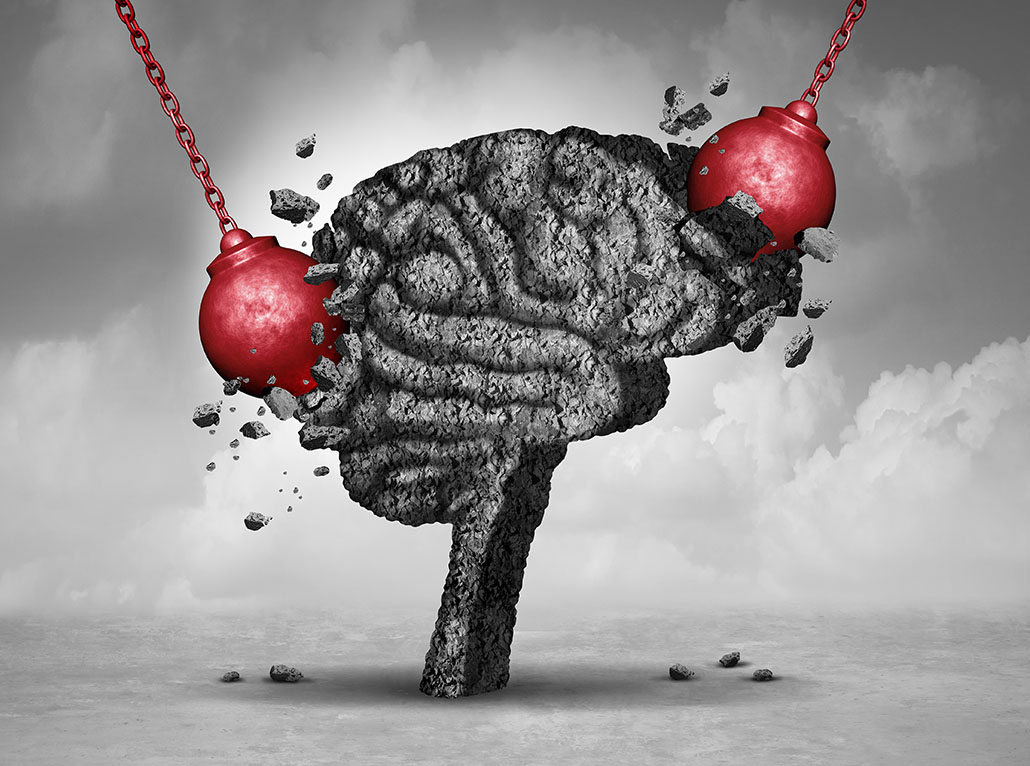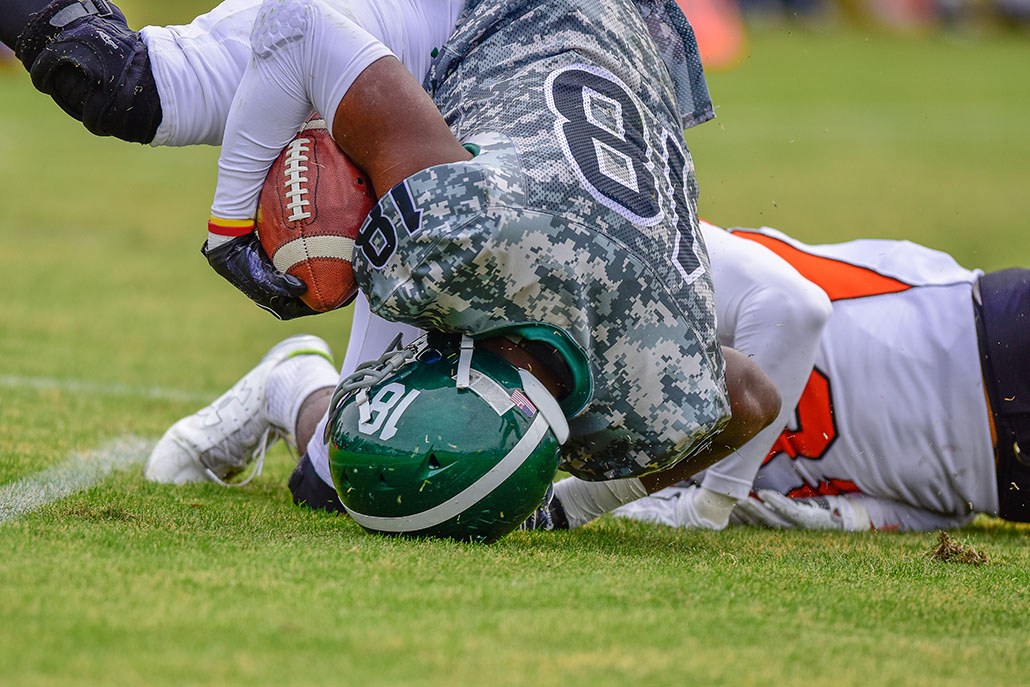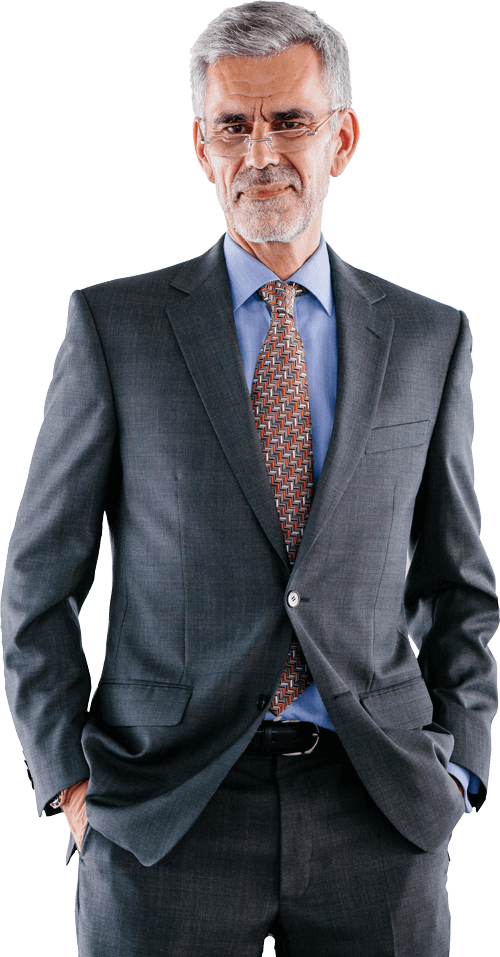
by Daniel Corrin | Jun 27, 2018 | News & Research
As the evidence base around the incidence, circumstances and symptoms of concussion grows, new opportunities arise for the management and coordination of care, and associated services. Although the treatment of concussion or Mild Traumatic Brain Injury requires...

by Daniel Corrin | Jan 12, 2017 | News & Research
Concussion Rehabilitation Research A recent article in JAMA (Journal of the American Medical Association) suggests that physical activity following concussion (in youth) is better than rest. The study itself examined symptoms for PPCS (persistent post concussion...

by Daniel Corrin | Jan 8, 2017 | News & Research
In most personal injury cases involving an “mTBI” or “concussion”, there is no physical evidence of the injury. In other words, actual damage to tissue can not be seen and must be inferred from the mechanism of injury and observed symptoms. Most of the medical...
by Daniel Corrin | May 30, 2011 | Community Events & Programs
The issue of head injuries in sport has exploded onto the Canadian scene in 2011. The media frenzy caused by the National Hockey League’s biggest star, Sidney Crosby, falling victim to serious concussions grew with the deaths of former NHL and NFL players who...
by Daniel Corrin | Mar 16, 2011 | Community Events & Programs, Living with Brain Injury
Even off the ice Sidney Crosby can’t help but make the headlines. Since January 5th of this year, the Pittsburgh Penguin’s captain and Canada’s golden boy has been recovering from concussion, after enduring two massive blows to the head only days apart. Hockey fans,...







